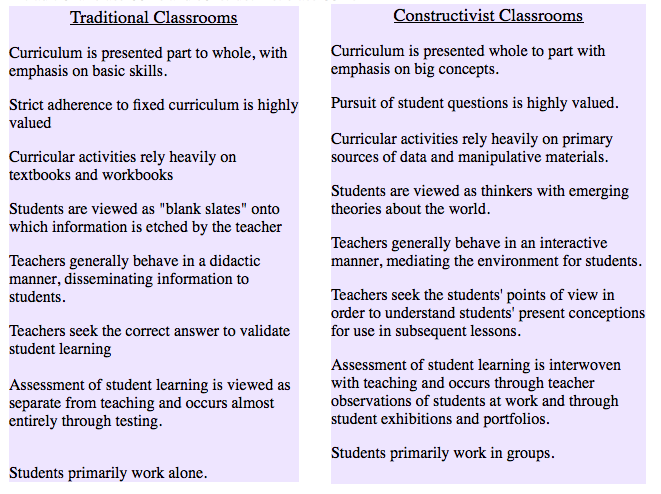"Just as the concept of phonemic awareness is crucial to helping students with learning disabilities learn to read, the concept of number sense can help inform and significantly enhance the quality of mathematics interventions for students with learning disabilities" (Gersten & Chard, 1999).
The Number Sense: Rethinking Arithmetic Instruction for Students with Mathematical Disabilities article and research paper written by Russell Gersten and David J. Chard outlines the keys to understanding the challenge of dyscalculia and a modeled approach on how to use number sense to improve mathematical instruction.
In their approach, the researchers rely on Cobb's (1995) conceptualization of constructivism as a joint approach. In this conceptualization, mathematical learning occurs as students learn the conventions, language, and logic of math from an adult with expertise, and actively construct meaning out of mathematical problems (i.e., try a variety of strategies to solve a problem). The researchers believe that cognitive insights can have a profound impact on how math is taught to special education students and can help radically reform the mundane drill and practice typical of special education mathematics instruction.
Constructivism is a learning or meaning-making theory. It suggests that students create their own new understandings based upon the interaction of what they already know and the ideas with which they come into contact. This approach is parallel to a traditional approach to teaching, the transmission model, which promotes neither the interaction between prior and new knowledge nor the conversations which are necessary for internalization and deep understanding. In the transmission model is a teacher-centered approach which focuses on students replicating or retransmitting the knowledge back to the teacher. In this model, standardized tests are typically used as an apt measure of student learning. Unfortunately, this approach does not allow for multiple modes of learning or for much differentiation, and students with learning disabilities or who need alternate approaches will indefinitely be left behind.

The constructivist approach on the other hand coincides with many of the supports and accommodations teachers can use with students who have difficulties in math, such as helping students formulate their own questions, allowing multiple interpretations and expressions of learning (multiple intelligences), encouraging group work and peer support, as well as moderating memorization and allowing the use of aids.
Reference:
Gersten, R. & Chard, D. (1999). Number Sense: Rethinking Arithmetic Instruction for Students with Mathematical Disabilities. The Journal of Special Education, 33:18-28.
Cobb, P. (l995). Continuing the conversation; A response to Smith. Educational Researcher; 24(7). 25-26.